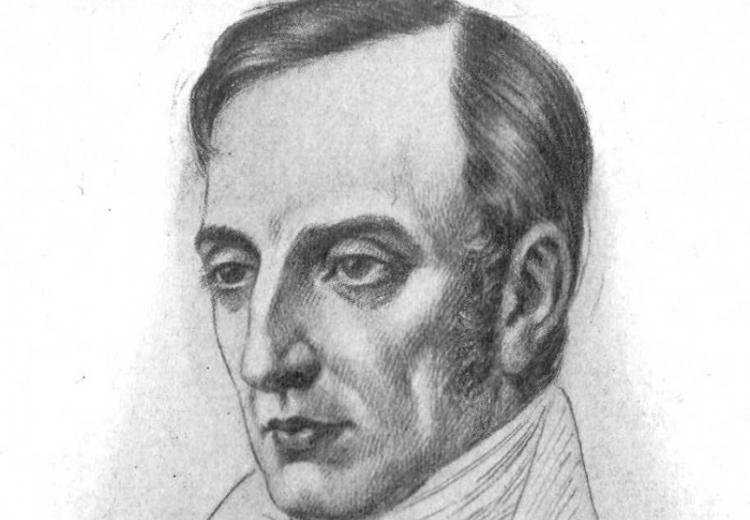Lesson 2: Thirteen Ways of Reading a Modernist Poem

William Wordsworth.
Modernist poetry often is difficult for students to analyze and understand. A primary reason students feel a bit disoriented when reading a modernist poem is that the speaker himself is uncertain about his or her own ontological bearings. Indeed, the speaker of modernist poems characteristically wrestles with the fundamental question of “self,” often feeling fragmented and alienated from the world around him. In other words, a coherent speaker with a clear sense of himself/herself is hard to find in modernist poetry, often leaving students confused and “lost.”
This lesson prompts students to think about a poem’s speaker within the larger context of modernist poetry. First, students will review the role of the speaker in two poems of the Romanticism and Victorian periods before focusing on the differences in Wallace Stevens’ modernist “Thirteen Ways of Looking at a Blackbird.”
Guiding Questions
What are several key characteristics of literary modernism?
Learning Objectives
Students will understand the literary context of modernism.
Students will be able to identify a poem’s speaker and understand its importance.
Students will be able to apply common poetic devices.
